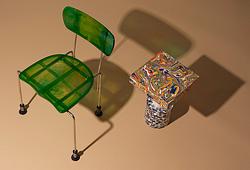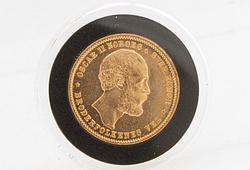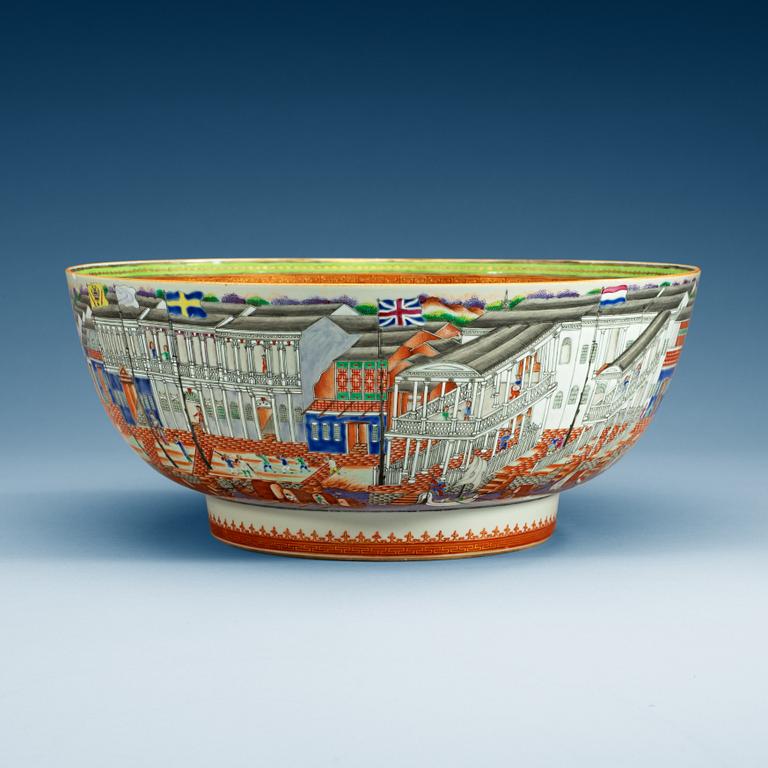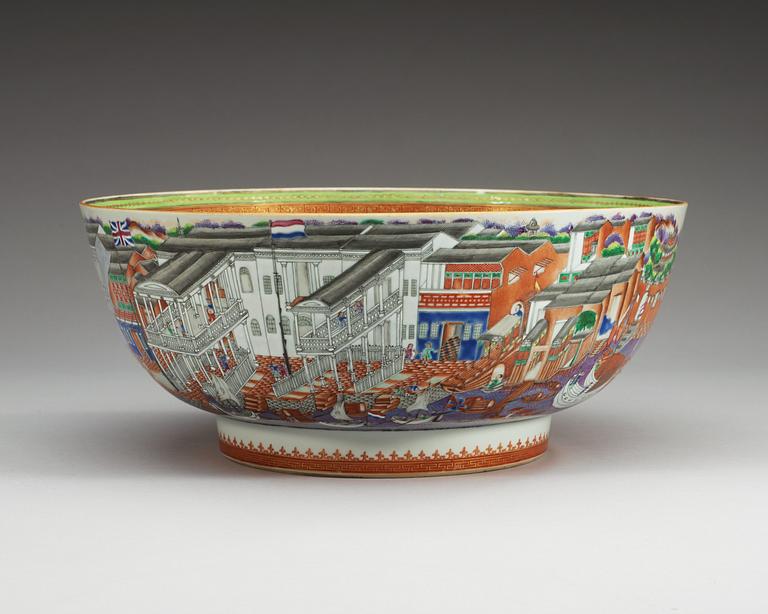A massive Chinese Export 'Hong' punch bowl, Qing dynasty, Qianlong (1736-95).
Decorated witht he Western trading stations along the Canton waterfront along the banks of the Pearl River. Here the national flags are shown in order and identify buildings hired by the East India Companies of Holland, England, Sweden, France, Austria and Denmark. Chinese commercial boats are moored along the quay, and Chinese and European merchants, the latter distinguished by their tricorne hats and frock coats, stroll along the dock. Inside the bowl is a basket of flowers contained within a floral medallion. Known as a hong punchbowl. Diameter 35,7 cm.
Chip.
Kirjallisuus
Compare similar bowls illustrated in;
Le Corbeiller, Patterns of Exchange, pp. 155 and 116 no 49.
Howard and Ayers, Vol I, p 209 no 207.
Another one illustrated in Hervouet and Bruenau, p.24 no 1.25 and sold in Monte Carlo on June 22 1987, lot 1641. This one one side the Hongs of Canton, the otherside with the marketplace in Copenhagen.
Another one in the Collection of the British Museum. inventory number Franks.746.+.
Muut tiedot
This bowl provide a vivid description of the thirteen Hongs (European trading posts) at Canton, which, after varying lengths of service, ultimately were destroyed by the Chinese on December 13, 1856.

















































